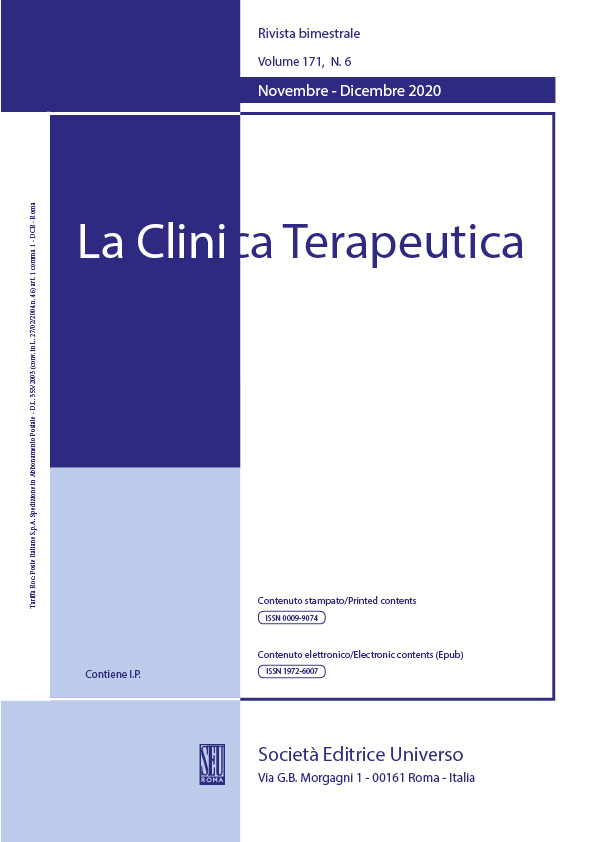Abstract
Background
The aim of this study was to evaluate: 1) the prevalence of male infertility due to ejaculatory dysfunction (premature ejaculation-PE, intravaginal ejaculatory dysfunction-IVEjD, anejaculation-AE, and retrograde ejaculation-RE); and 2) the hormonal profile and semen characteristics of such subjects.
Methods
N.3280 subjects who were referred to our andrology unit for infertility were studied. Exclusion criteria: the presence of known causes of male infertility and erectile dysfunction. In all subjects were performed: medical history and andrological physical examination; hormonal profile; semen analysis or centrifugation/resuspension of post-orgasmic urine; IIEF-5 questionnaire for the diagnosis of ED; PEDT questionnaire for the diagnosis of EP.
Results
The prevalence of ejaculatory dysfunctions in infertile males was 1.8% (59/3280). The causes were: a) absence of ejaculation in 37/3280 subjects (1.1%); among them, 23/3280 (0.7%) subjects showed a condition of RE and 14/3280 (0.4%) of AE; b) PE in 16/3280 subjects (0.5%); and c) IVEjD in 6/3280 subjects (0.2%). Hormonal values and seminal parameters (when semen analysis was possible) were within the normal ranges in all the cases. In subjects with RE, sperm recovery was possible in 69.9% (16/23) subjects after centrifugation and resuspension of post-orgasmic urine.
Conclusions
The prevalence of male infertility due to ejaculatory dysfunctions is overall just under 2%. The main cause is retrograde ejaculation; psychogenic origins could also have an important role. It is important to identify the cause of ejaculatory dysfunction in order to decide upon correct management (PE treatment, centrifugation and resuspension of post-orgasmic urine, penile vibratory stimulation, and psychological counselling)
